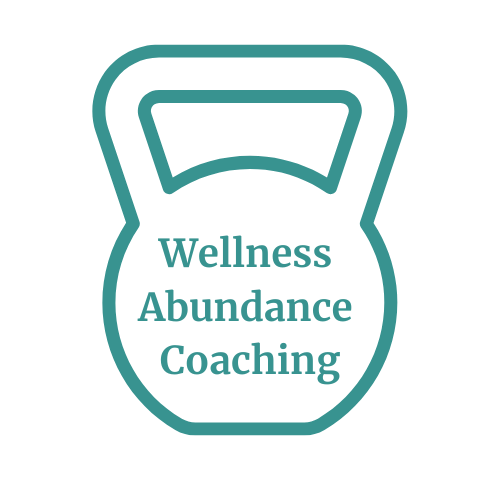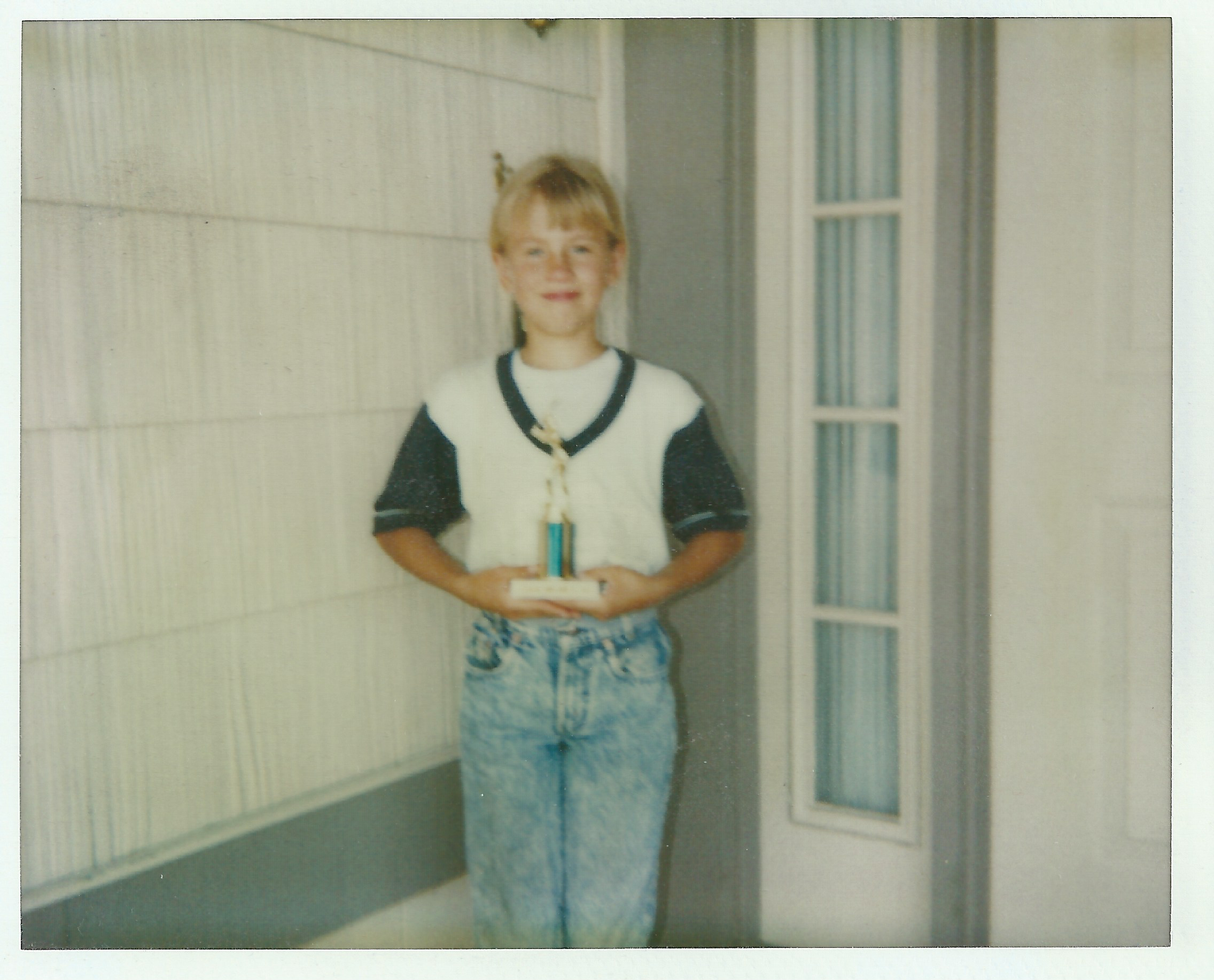One of the benefits of having a coach or mentor is that you can learn from their mistakes. I love hearing stories from my business coach about things she did in the early years as an entrepreneur that did not work. Learning from her has helped me avoid mistakes in my own coaching business.
Today I’m sharing my top three weight loss mistakes I made and how you can avoid them. These are things that slowed my progress and left me feeling frustrated and discouraged. If this is you, you’re in for a treat today.
Let’s get started!
Focusing Too Much On The Scale
I have a decades long history of attaching my weight loss and maintenance success to the number on the scale. In high school and my early twenties before I started gaining weight, I hovered between 120 and 125 pounds. Once I started to creep up closer to 130 then 140 and up to 145 I felt my self-esteem plummet. I was tying my self-worth into that specific number. This just caused me to eat more junk food and drink more high calorie beverages.
Once I finally started making changes, I decided I would still use the scale as tool to measure my progress in addition to paying more attention to how my clothes fit. During this time, I lost about 10 pounds just scaling back on my calories slightly. More on this later. I was running and strength training which meant that I was burning fat and building muscle. When you’re building muscle the number on the scale may not change much but your clothes will fit better.
When I started to make sustainable changes to my eating style, that’s when the fat really started melting away. I eventually went from about 133 pounds down to about 118 in my early thirties. I still found myself celebrating the success of 118 being on the scale. Looking back, I realize I was probably too lean for my body type. I didn’t have a lot of lean muscle mass which meant I wasn’t that strong.
Now that I’m in my mid-forties and my focus is on building lean muscle mass, my weight hovers around 135 and I’m the most confident I’ve been in my entire life. Now it’s not about the number on the scale. It’s about staying consistent with whole food nutrition, a strength routine, moving frequently, and giving my body rest when it needs it.
Counting Calories Or Carbs
In my late twenties, I was all about counting calories. I would aim for 1200 calories or less a day which was really difficult because I was hungry all the time. It wasn’t about the quality of food, just stopping at the 1200 mark. To be honest, I fell into the trap of yo-yo dieting. One week I would eat around 1200 calories and other weeks I would binge on food because I was so tired of feeling hungry all day long. Obviously, this didn’t last long.
When I stopped counting calories while still eating less, the fat starting melting away. I was eating less processed food and more whole foods while paying attention to how full I felt to avoid overeating. I actually felt satisfied after my meals and was no longer hungry all the time.
When I was introduced to a low-carb eating style, my old habit of wanting to track a number led me down the rabbit hole of counting carbs. This was actually really helpful in the beginning but then it turned into an unhealthy obsession. I was so worried that if I ate rice occasionally I was going to gain weight and all my hard work would go out the window. The reality was this wasn’t going to happen. Eating rice every now and then (even once a week) wasn’t going to make be gain five pounds over night. That’s not how the body works.
If you’re transitioning into a low-carb eating style, counting carbs for a week or two might help you get a good idea as to how much you’re actually. Let’s be real. We usually underestimate how much we’re really eating. We tend to think we’re eating less than we actually are. Once you know where you’re starting, you can make adjustments from there.
Not Working With A Coach
Your body is made up of complex systems that work together to keep your blood sugar under control, help you stay at a healthy weight for your body type, and keep your hormones in check. A highly skilled coach knows the ins and outs of the body and has the skillset to guide you through the process of experimenting with different lifestyle habits so you can find which ones work best for you.
When I was on my weight loss journey, health coaching wasn’t as well known as it is these days. In fact, I didn’t even know it was a thing back in the day. Thankfully my hubby knew more than I did about the body so he was able to help me make choices that were right for me and my body. He was the closest resource I had to a health coach at the time.
I’ve lost count of how many times I wanted to give up. If I were working with a trained health and fitness coach like myself, they would have helped me sift through my frustrations and disappointments to keep me moving forward. One super important role of a highly qualified coach is to listen to your frustrations, validate them, and help you find solutions that work for you to overcome them. It’s not always easy but it’s definitely worth it to have someone on your side to help you see situations from a different perspective. This is usually what we need to do to get out of our own head.
I believe one-on-one coaching is the most effective way to achieve your goals in shortest amount of time but group coaching is incredibly effective as well. I’ve been in many group coaching sessions where someone else was being coached and it helped me view my situation from a different perspective. The odds are in your favor that if you’re having a weight loss challenge another woman is going through the same challenge.
Having a coach that’s highly trained is a guaranteed support system. When I work with my clients, I reassure them that I’ll catch them when they fall (sometimes literally if we’re working out together). If you’re willing to do the work, you can achieve goals that feel impossible in the beginning when you work with a coach.
Be Open To Making Mistakes
Sometimes it’s necessary to make your own mistakes and learn from them. In fact, it’s actually a great growth opportunity for you. Minimizing your chances of mistakes by learning from others who have been on a similar journey will help you get to your destination more efficiently.
Want to learn how we can work together? Go here to book your free Wellness Strategy Session.




